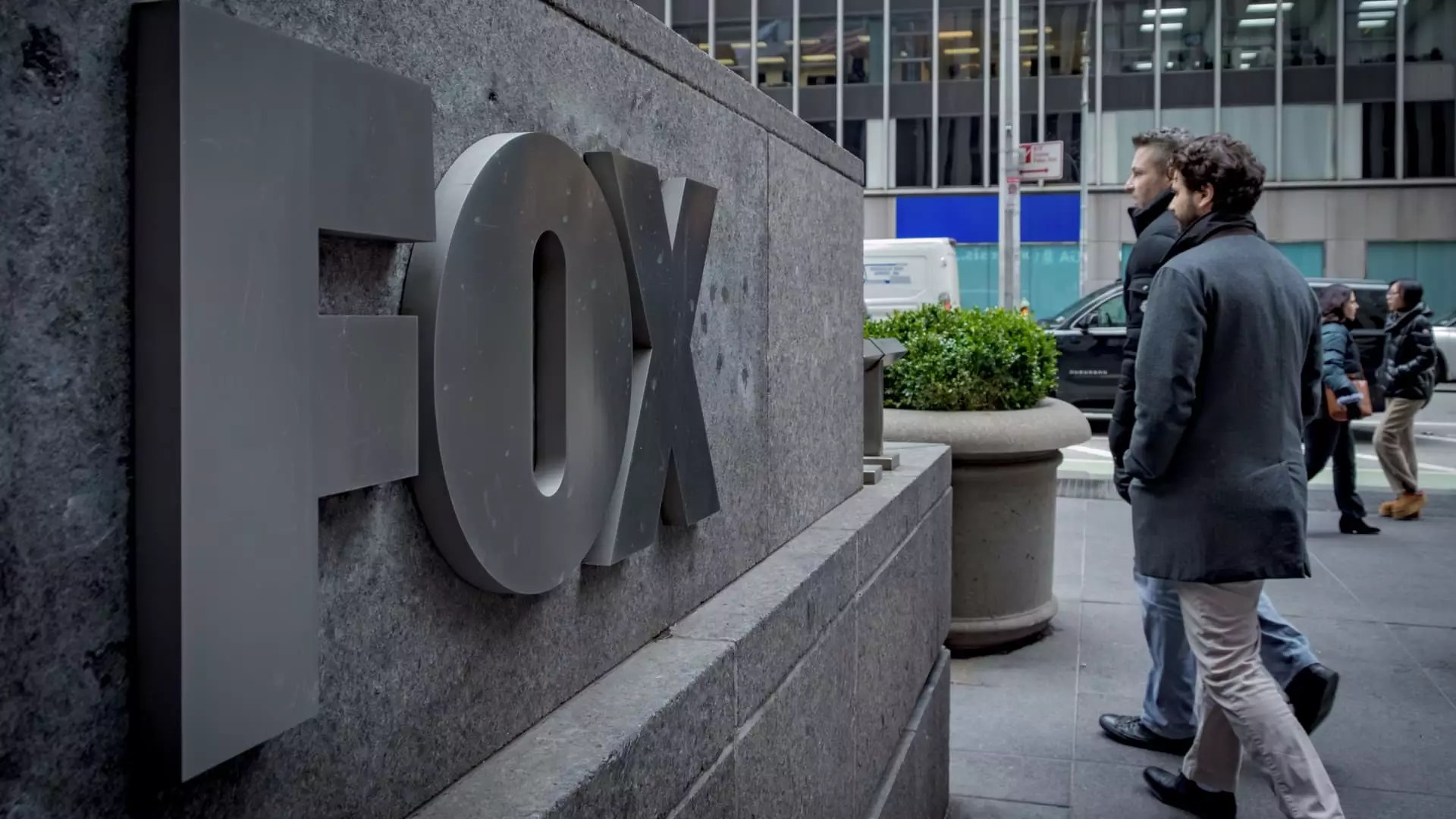Fox’s announcement to launch Fox One, a direct-to-consumer streaming platform, marks a tentative step into the fiercely competitive digital landscape. However, this move is riddled with contradictions and missed opportunities. While the company claims a modest subscriber expectation and refrains from flashy original content, this cautious stance may limit its growth potential at precisely the moment when streaming services are redefining media consumption. The pricing, set at nearly twenty dollars a month for a service that primarily repurposes existing content, seems misaligned with the realities of a streaming environment dominated by innovative offerings and aggressive pricing strategies. Fox’s reluctance to invest heavily in exclusive content or original programming suggests a reactive approach rather than a bold, future-oriented plan. This cautiousness raises questions about whether Fox is genuinely committed to competing or merely attempting to sustain relevance without chancing significant risks that might alienate its traditional customer base or devalue its existing assets.
Missed Opportunities in Content Differentiation
Unlike its competitors, Fox has chosen not to prioritize developing exclusive or original content for Fox One. This decision undercuts the fundamental strength of streaming platforms: their ability to build loyal subscription audiences through compelling, unique offerings. Instead, Fox aims to rely on its existing sports and news programming, which are valuable but inherently time-limited and subject to seasonal fluctuations. The absence of exclusive content could render Fox One a less appealing choice for viewers, especially as services like ESPN+ and others heavily promote their original shows and unique event access. This strategy essentially commoditizes Fox’s own programming rather than leveraging it as a launchpad for sustained subscriber growth. Such restraint could ultimately cement its position as a secondary option rather than a competitive player shaping the future of media consumption.
Implications for Legacy Media in a Changing Ecosystem
Fox’s approach highlights a broader challenge faced by legacy media companies caught between traditional broadcasting and the digital future. Its decision to focus on existing content and minimize spending on new offerings suggests a desire to avoid cannibalizing its lucrative pay-TV bundle, which is losing subscribers at an alarming rate. While maintaining a connection to traditional revenue streams is understandable, this approach may prove short-sighted. As younger audiences increasingly abandon cable in favor of digital platforms, Fox risks obsolescence if it fails to innovate aggressively enough. Its intent to keep Fox One targeted to specific demographics and avoid overlapping with its pay TV offerings seems sensible, yet it also hints at a reluctance to fully embrace the disruptive potential of streaming technology. This cautious stance might safeguard some profits in the short term but could hamper long-term relevance in a digital-first media landscape.
Bundling and Market Positioning – A Balancing Act
Murdoch’s comments about bundling suggest an awareness of the importance of integrated platforms, but also reveal a hesitancy rooted in protecting the traditional pay TV model. While bundling could increase reach and create a more seamless consumer experience, it might also dilute Fox’s individual streaming identity. The compromise between offering a convenient package and targeting a niche audience underscores the internal tension within Fox’s strategy. If the company leans too heavily on bundling, it risks further eroding the pay-TV ecosystem that it ostensibly seeks to preserve. On the other hand, a narrowly targeted service may fail to expand beyond its core audience, limiting growth opportunities. For a media company with a solid stable of sports and news, this balancing act is vital yet fraught with pitfalls that could further complicate its digital transition.
Standing at a Crossroads of Opportunity and Stagnation
Fox is at a pivotal point where cautious evolution meets the danger of stagnation. Its limited early ambitions for Fox One—focusing largely on existing content, pricing it at a premium, and avoiding substantial investments in exclusivity—may reflect an attempt to minimize disruption. However, the digital streaming era favors bold innovation and content differentiation. Without a more aggressive push into original programming or strategic partnerships, Fox risks becoming a forgotten player in a landscape dominated by giants like Netflix, Disney, and Amazon. If Fox is to truly reinvent itself for the digital age, it will need to move beyond its conservative posture and embrace the risks necessary for sustained relevance. Otherwise, it might become an example of a once-powerful media titan clinging to old models, watching its influence fade into irrelevance amid the relentless march of technological advancement.

